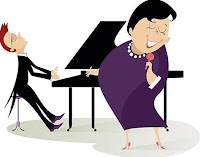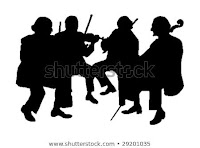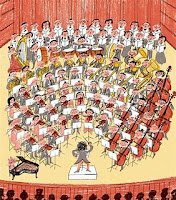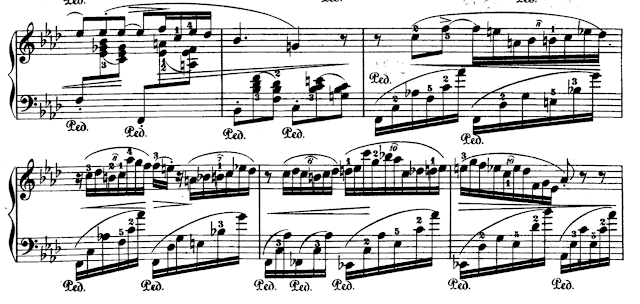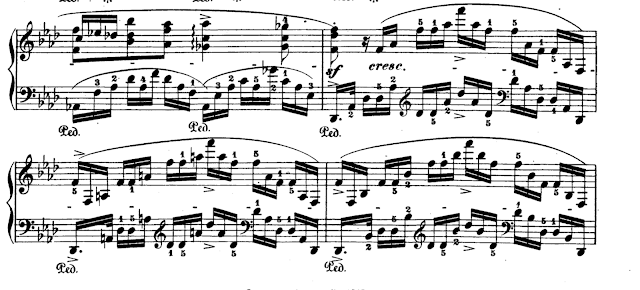 When I was a teenage pianist and intimidated by authority, it never occurred to me to ask a question. "What do you mean by 'get after that,'" I should have asked. "Your playing is dishonest" should have raised my hackles and brought about at least a raised eyebrow.
When I was a teenage pianist and intimidated by authority, it never occurred to me to ask a question. "What do you mean by 'get after that,'" I should have asked. "Your playing is dishonest" should have raised my hackles and brought about at least a raised eyebrow. I had the privilege of studying under some great artist-teachers who had been child prodigies. They were doers rather than sayers, so probably didn't know very much about how they did it, technically speaking. One of the greatest pianists of the 20th century, Vladimir Horowitz, when
 |
| Vladimir Horowitz |
 Now I know how to "get after" a technical problem and how to be "honest" technically. So, if any of you, dear readers, have a question, fire away and I'll try to help. When I first started this blog, I made a similar offer, but in the meantime the comments link broke. Sigh. I'm happy to report that it is repaired. If you would like to ask something, please be as specific as possible and I'll post a reply as soon as I can.
Now I know how to "get after" a technical problem and how to be "honest" technically. So, if any of you, dear readers, have a question, fire away and I'll try to help. When I first started this blog, I made a similar offer, but in the meantime the comments link broke. Sigh. I'm happy to report that it is repaired. If you would like to ask something, please be as specific as possible and I'll post a reply as soon as I can. 




